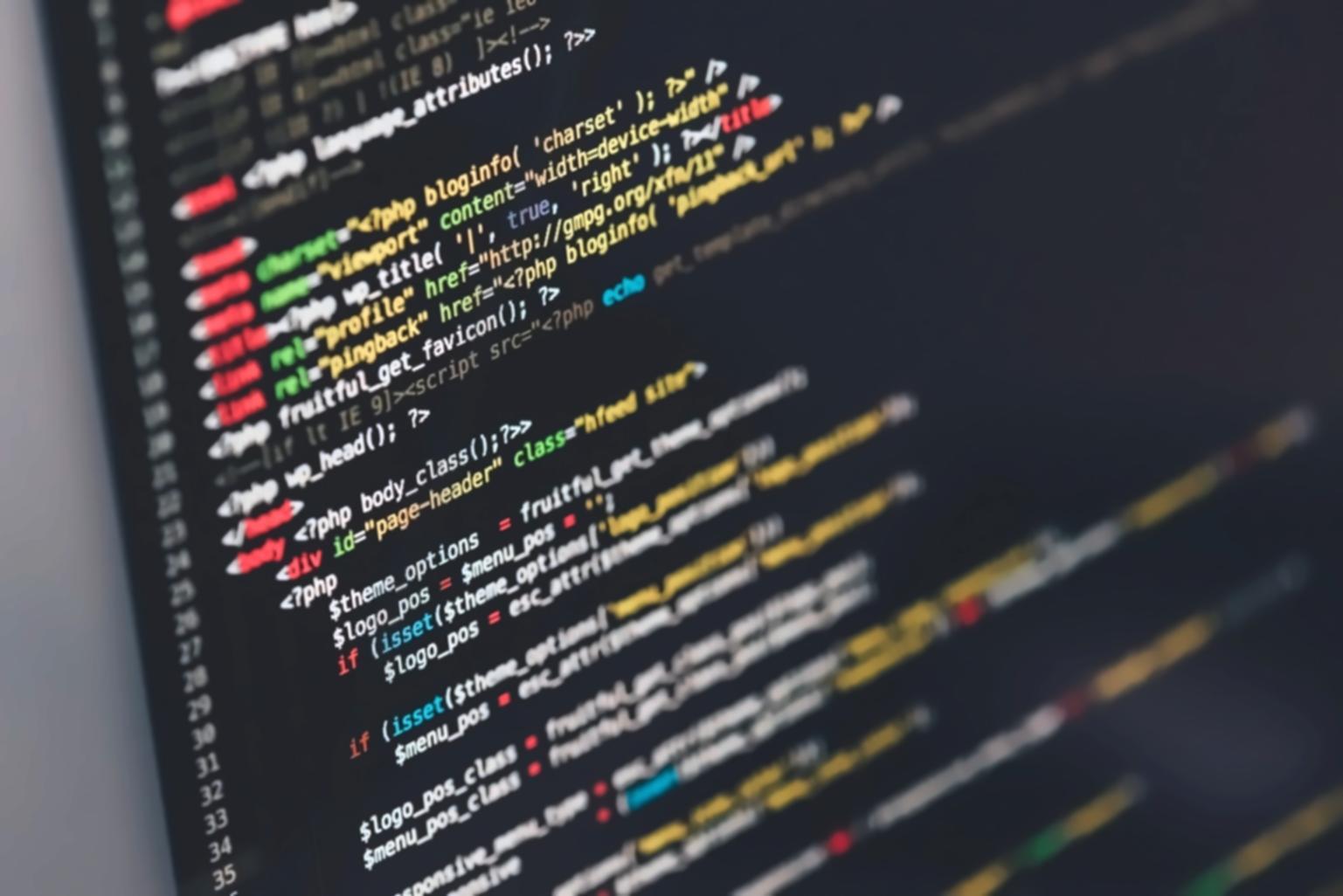Getting Ready to Code
Starting software engineering education means more than just showing up. You'll need a working laptop, stable internet, and around 15-20 hours per week. That's the baseline.
But here's what actually matters—you need patience for debugging sessions that stretch longer than you'd expect. You need comfort with asking questions, even obvious ones. And honestly? You need to be okay with feeling confused for a while.
What You Actually Need
Your First Three Months
We've seen hundreds of students go through this. The path isn't always smooth, but it follows a pattern. Here's what typically happens in those early weeks.
Weeks 1-4: Setup and Syntax
You'll spend the first week just getting your development environment configured. This frustrates people more than it should—installations fail, paths don't work, things break for no clear reason.
Then comes basic syntax. Variables, loops, conditions. It feels too simple at first, then suddenly gets confusing when you try combining concepts. Most students hit a wall around week three when we introduce functions properly.
Weeks 5-8: Building Small Things
This is where it clicks for some people and stays murky for others. You start building actual programs—small ones, nothing fancy. A calculator. A to-do list. A simple game.
The challenge shifts from understanding syntax to understanding logic. Why does this loop run forever? Why doesn't my button work? You'll stare at code that looks correct but behaves wrong. This is normal. Annoying, but normal.
Weeks 9-12: Connecting the Dots
By month three, you're working with databases, APIs, and multiple files. Projects get messier. You start understanding why organization matters because you've felt the pain of disorganized code.
Some students breeze through this phase. Others struggle hard. Both groups can succeed—it just takes different amounts of time. The key is keeping at it even when progress feels slow.
Resources Worth Your Time
Before classes begin in August 2025, you can get familiar with some concepts. These aren't mandatory, but they help reduce that initial overwhelm.

Command Line Basics
Learn to navigate folders, create files, and run programs from the terminal. It's tedious at first but becomes second nature. You'll use this every single day.
Explore fundamentals
Version Control Concepts
Git confuses everyone initially. The terminology is weird and the workflow feels backward. But it's how teams work together on code. Getting comfortable with it early saves headaches later.
Learn version control
Problem Solving Practice
Programming is mostly about breaking big problems into smaller ones. Try solving logic puzzles or simple coding challenges. It trains your brain for the kind of thinking you'll do daily.
View exercises